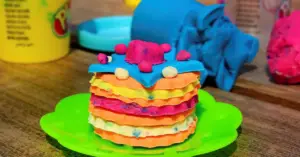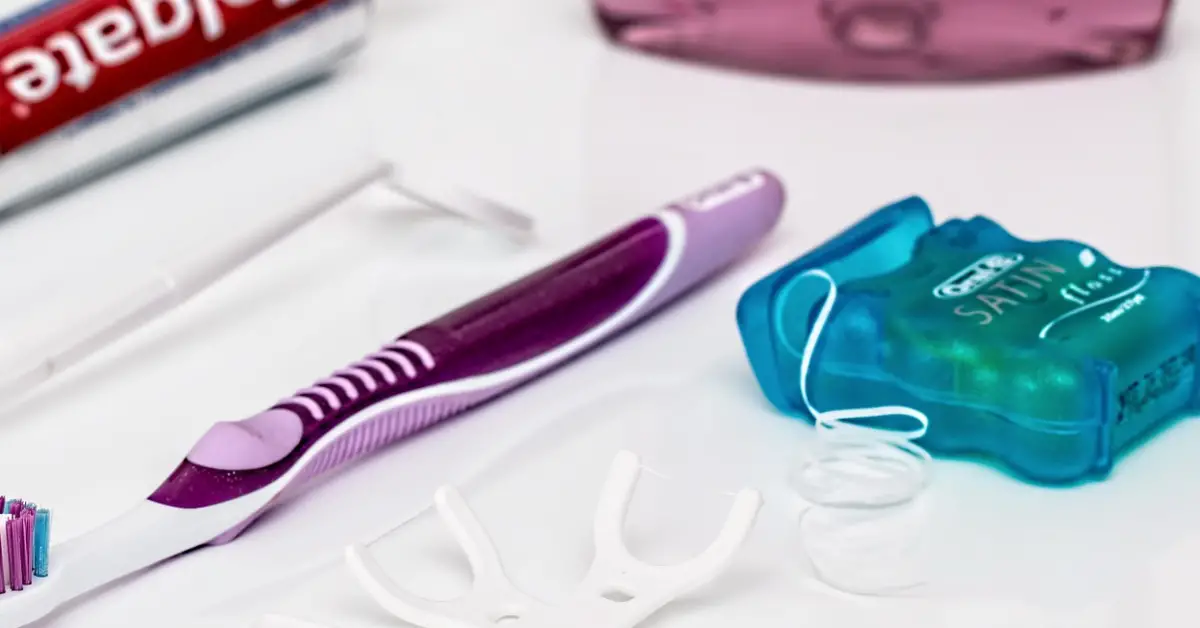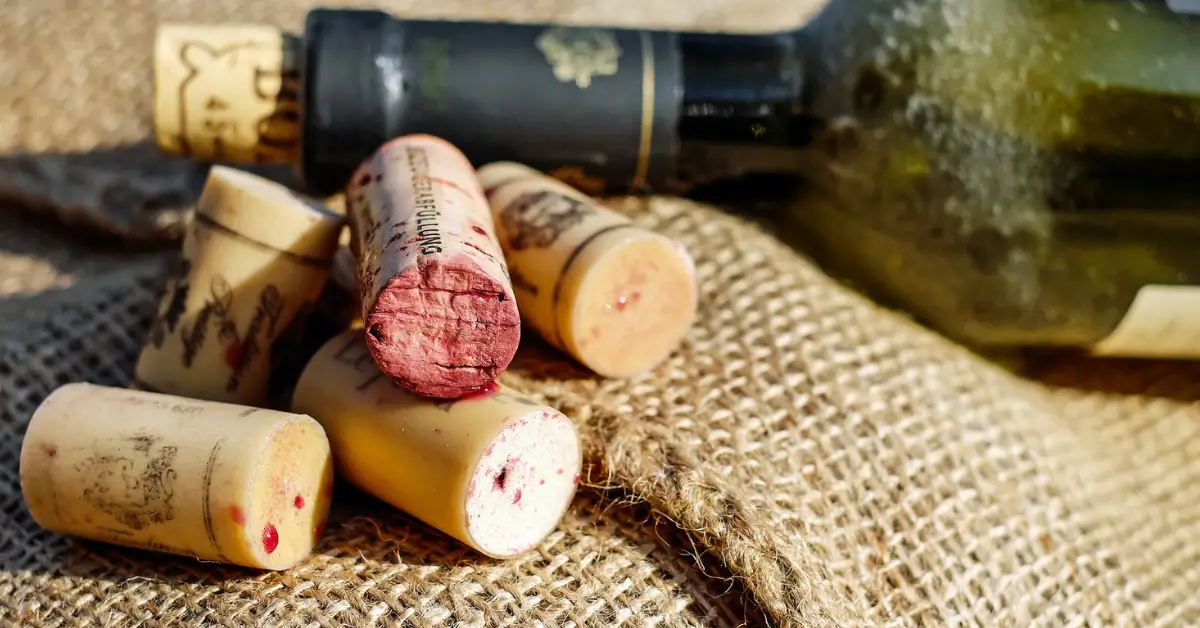The humble paper plate is a regular feature at parties and barbeques across the country, making tidying up a much easier task for the host. However, like all areas of our lives, we have become more conscious of the impact our actions have on the environment. In terms of party serving dishes how do the single-use variety fare – are paper plates bad for the environment?
Firstly, what are paper plates made from?
This may appear obvious – paper plates are made from paper, right? Well, partly. There are a few different options of paper plates available. Although some are, paper plates are not always just made of thick paper. They often have a plastic coating to make them water resistant and less likely to fall apart when you have your snacks piled high. Sometimes the plastic-coating adds a decorative element, adding cartoon characters or patterns to complement your party theme.
In addition to the plastic-coated and plastic-free paper plates, there is also a paper plate option on the market that is made from sugarcane fiber.
So, are paper plates bad for the environment?
Paper plates are often not biodegradable or compostable
When it comes to the environment, the plastic-coated plates are far from ideal. Unlike an uncoated paper plate and sugarcane-derived plate, the plastic coating will not biodegrade. Instead, it will simply break down in time into smaller and smaller pieces that can cause havoc in the environment. Although the terms ‘biodegradable’ and ‘compostable’ are not interchangeable, an item needs to at least be biodegradable to be added to the compost pile – this rules out the plastic-coated variety straight off the bat. The other varieties can be composted.
However, it should be noted that the biodegradable versions are not perfect either. If an item ends up in landfill, often biodegradable items take a lot longer to biodegrade than quoted. Landfill sites do not provide optimal conditions for an item to break down and return to nature. Poor airflow and moisture levels mean that even the most natural of materials can take a long, long time to biodegrade. Bear this in mind when you opt for single-use ‘eco-friendly’ biodegradable items – they could around a lot longer than you expect!
The plastic coating brings its own environmental issues
As well as not being biodegradable, the plastic coating also introduces extra environmental impacts. Plastics are derived from fossil fuels. In addition to being non-renewable, they also cause extensive environmental damage during their extraction. Soil is degraded, greenhouse gases are emitted and water is polluted – that is before any manufacturing of plastic even takes place! However, it should be noted that it is the by-products of the fossil fuel industry that are used – so, it makes sense to use these rather than them be wasted. Either way, it supports the fossil fuel industry and contributes to the destruction it causes.
The plastic used in paper plates is primarily polyethylene. The environmental impact of producing the final product will, of course, vary between manufacturing plant and exact process. However, it will likely need resources such as energy (which may or may not come from clean sources…) and water. The use of excess water is not favorable to the environment – it can, potentially, divert it from ecosystems that rely on it to thrive.
Paper plate production is resource-intensive
Even without the extra resources needed for the plastic coating, uncoated paper and sugarcane fiber plates use a lot of resources to be manufactured. From the water taken to grow the sugarcane to the trees being chopped down to make the plain paper plates. And that’s before we even consider their space requirements. Even the more planet-kind plates do not just magic themselves up from nowhere! The environmental impacts need to be weighed up from all the different plate options.
Finally, and (arguably) the most important…
Any item that is single-use should be avoided where possible. Even if every single paper plate you used was plastic-free and fully sustainable materials were used, ultimately, they need to go somewhere at the end of their usable lives. Many will end up in landfill – where, as we have seen, even the most biodegradable of items can take years to degrade due to suboptimal conditions. It could be argued that a culture shift is what is needed – rather than the shift towards compostable items, why not just find reusable alternatives? Sure, these may incur a greater carbon footprint when being produced, but over the course of their usable lifespan this will become negligible.
The bottom line
Standard paper plates are single-use and disposable. It is easy to conclude that the more natural paper plates are the best options. There is no doubt that being biodegradable is an advantage, but it is not the only consideration. All options need significant resources to be made – and this is key. Our advice? Where possible always opt for re-usable plates. Whether that be ceramic or otherwise.







